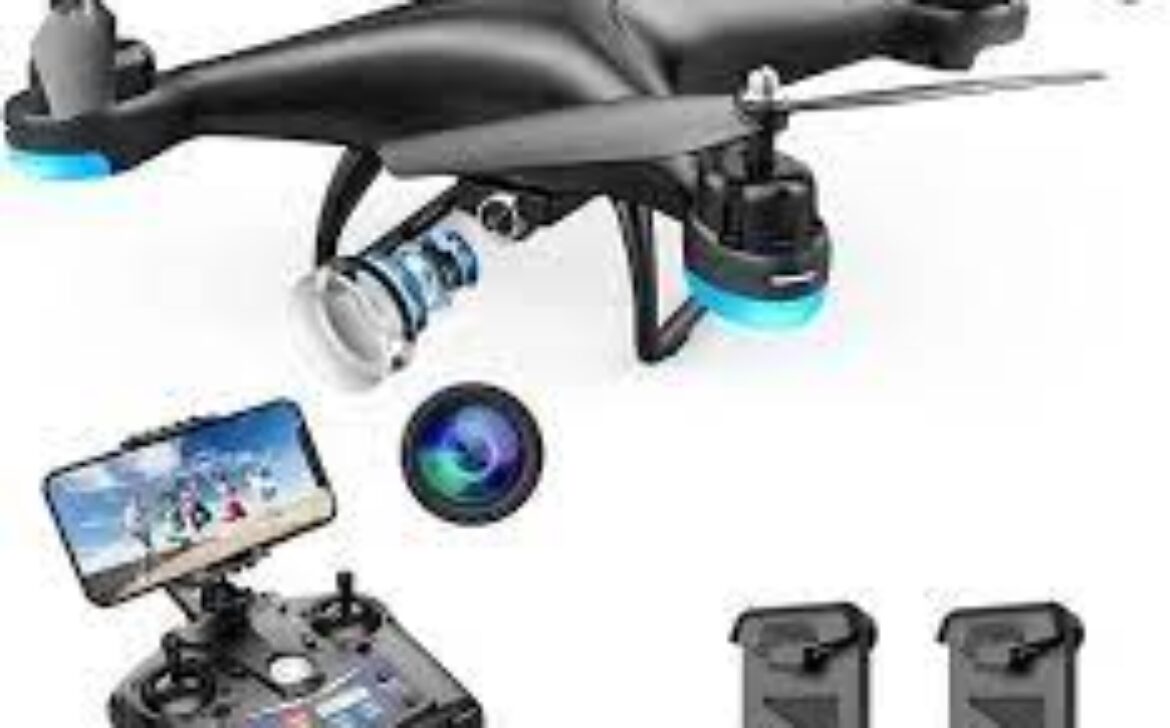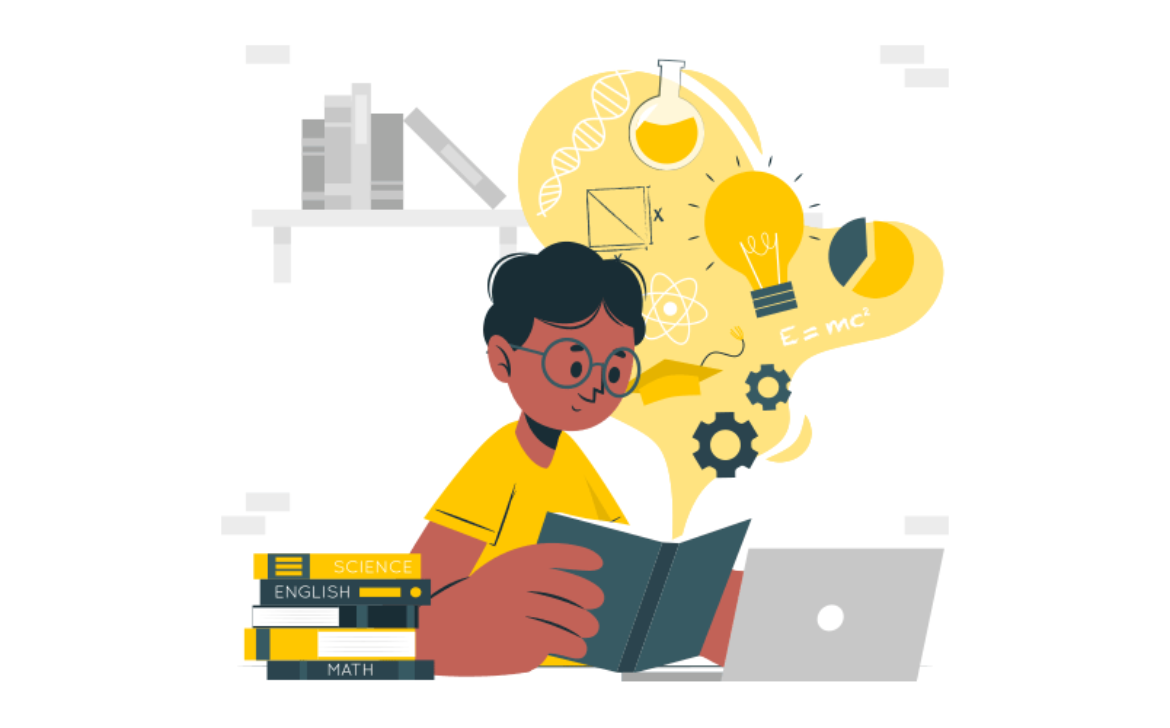Unleashing Your Inner Strength: A Journey to Improved Self-Confidence
Introduction
Self-confidence is a powerful attribute that can significantly impact our personal and professional lives. It shapes our interactions, decisions, and overall well-being. While building self-confidence is a gradual process, it is entirely achievable with dedication, self-awareness, and a willingness to grow. In this blog, we will explore effective strategies and techniques to boost your self-confidence, helping you unlock your true potential and navigate life with renewed assurance.
- Embrace Self-Acceptance
True self-confidence begins with self-acceptance. Embrace your strengths, weaknesses, and imperfections. Recognize that everyone has their journey, and it’s okay to be yourself.
- Set Achievable Goals
Setting realistic goals and achieving them can boost your confidence. Break down larger goals into smaller, manageable steps, and celebrate each milestone you accomplish.
- Practice Positive Self-Talk
The way you talk to yourself matters. Replace self-doubt with positive affirmations. Challenge negative thoughts and replace them with encouraging statements that uplift your self-esteem.
- Cultivate Self-Compassion
Treat yourself with the same kindness and compassion you would offer a friend. Acknowledge that making mistakes is part of growth, and be gentle with yourself during setbacks.
- Step Out of Your Comfort Zone
Facing challenges outside your comfort zone is a powerful way to build confidence. Each time you embrace a new experience, you expand your capabilities and prove to yourself that you are capable of growth.
- Celebrate Your Achievements
Acknowledge and celebrate your achievements, no matter how small they may seem. Reflecting on your progress reinforces a positive self-image and encourages continued effort.
- Practice Self-Care
Taking care of your physical, mental, and emotional well-being is integral to self-confidence. Get enough rest, eat healthily, exercise, and engage in activities that bring you joy.
- Develop Skills and Knowledge
Learning new skills and acquiring knowledge enhances your self-confidence. Invest time in hobbies, courses, and activities that interest you, boosting your competence and sense of accomplishment.
- Surround Yourself with Positivity
Surround yourself with supportive and positive people who believe in you. Their encouragement can reinforce your self-belief and provide a strong foundation for your confidence to grow.
- Visualization and Mindfulness
Visualization and mindfulness techniques can help you imagine success and stay present in the moment. These practices create a positive mental framework and reduce anxiety.
Conclusion
Improved self-confidence is not an overnight achievement but a continuous journey. By embracing self-acceptance, setting achievable goals, practicing positive self-talk, and stepping out of your comfort zone, you lay the foundation for increased confidence. Cultivating self-compassion, celebrating achievements, and prioritizing self-care further strengthen your self-esteem. As you learn new skills, surround yourself with positivity, and engage in visualization and mindfulness, you’re equipping yourself with the tools to thrive in various aspects of life. Remember, self-confidence is a skill that can be cultivated, honed, and continually refined. As you embark on this empowering journey, embrace your uniqueness, believe in your abilities, and watch your self-confidence flourish, opening doors to opportunities you might have never imagined before.










